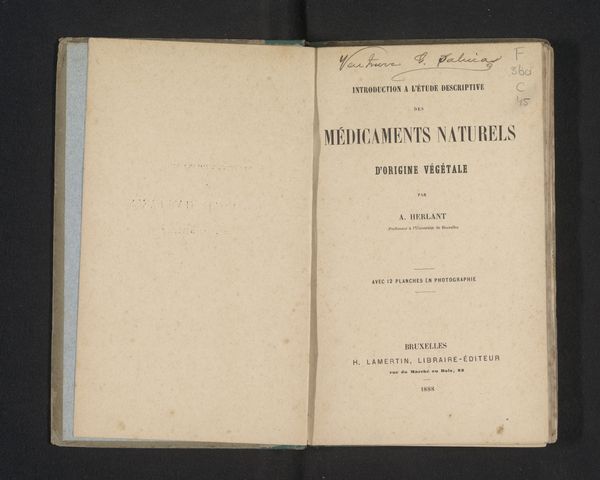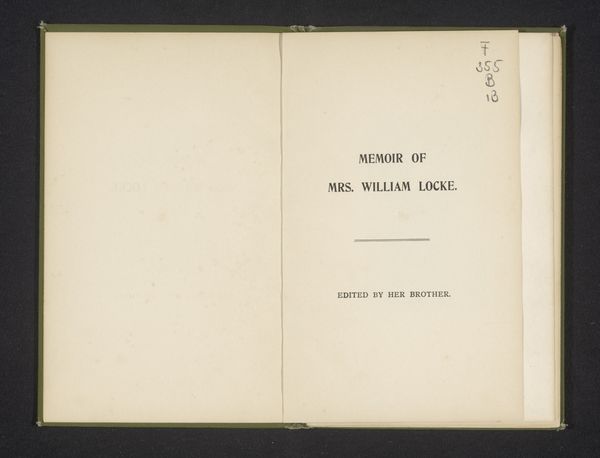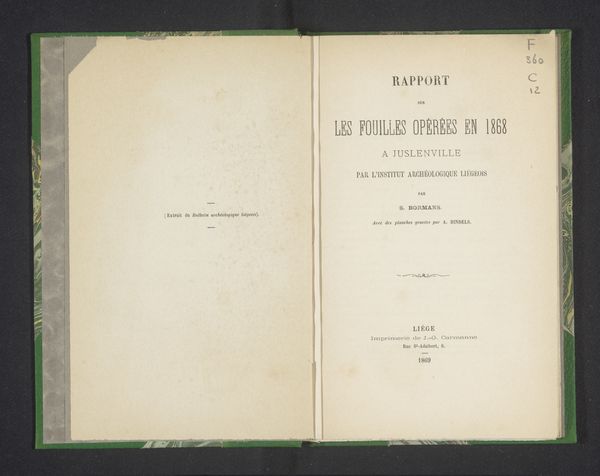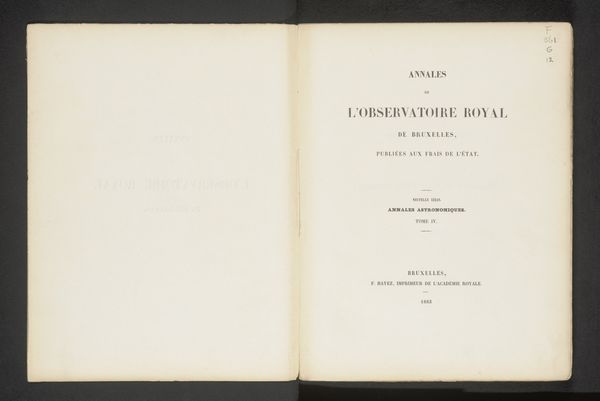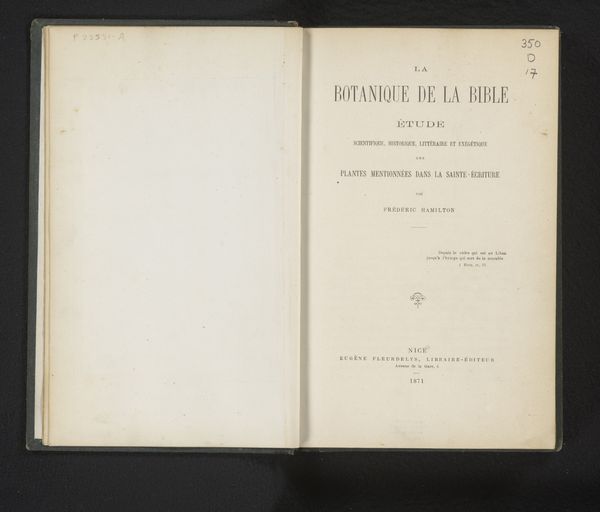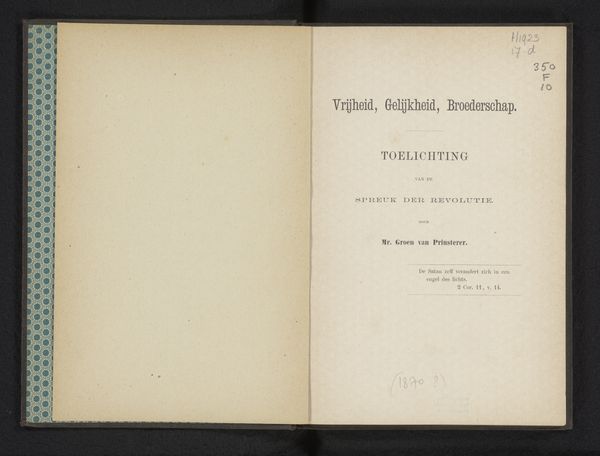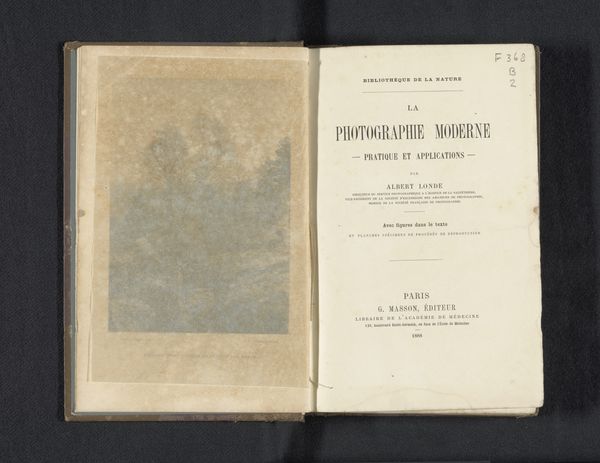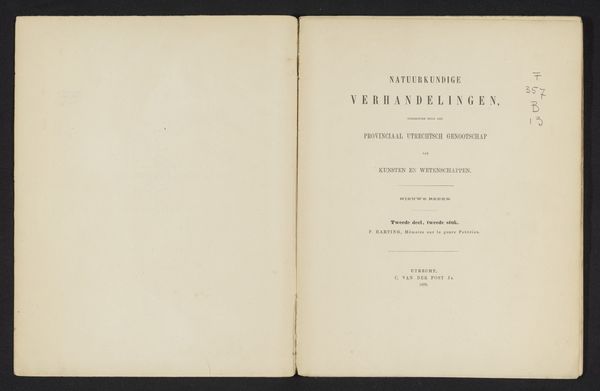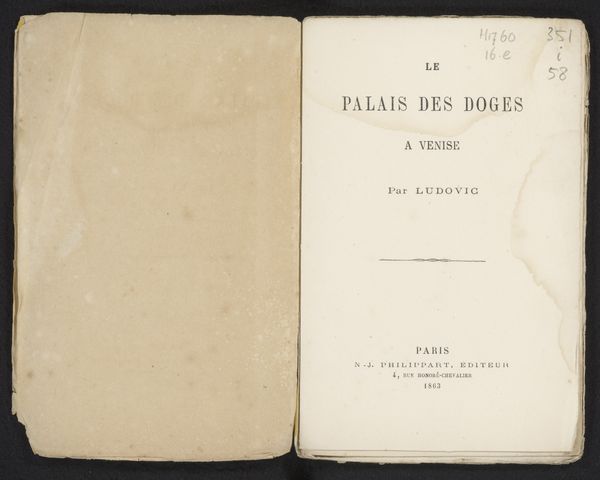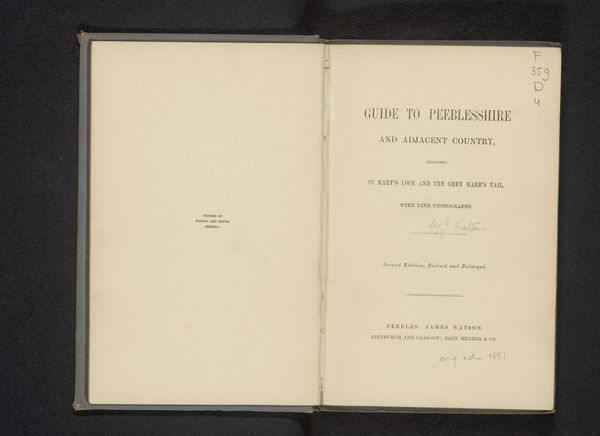
print, paper, typography
# print
#
book
#
paper
#
text
#
typography
#
history-painting
Dimensions: height 159 mm, width 94 mm, thickness 25 mm
Copyright: Rijks Museum: Open Domain
Curator: Well, let’s start with this object: *Les oeuvres d'Horace*, or the works of Horace. Published in 1861, it’s a new translation by Jules Janin printed on paper. Notice the typography and layout... clean, straightforward, a very practical approach to textual dissemination. Editor: My initial feeling? It's remarkably understated. Looking at this open book, the simple black typography on cream paper suggests a direct engagement with classical texts—removing embellishment, almost a utilitarian respect for Horace's writings. It prompts the question, for whom was this text made, and what function did it serve? Curator: Good questions! Considering its material reality, the book would likely have been a mid-range product, its paper and binding speaking to accessible but durable quality, produced within the established Parisian printing industry, likely using mechanized presses – a testament to industrial printmaking processes of the mid-19th century. Editor: Exactly, it begs us to consider the class and educational aspirations tied to classical education. This was a moment of societal transition in France, post-revolution, in a period grappling with what it meant to have access to cultural capital. The availability of Horace's works in a "new translation" would likely have had an impact. To whom did Janin feel a responsibility in making Horace available again? Curator: Also the imprint is identified by place; *rues de Fleurus*... That provides clues, too. Those streets in Paris would be where all of the craftsmen related to bookmaking were found in the middle of the 19th Century: paper sellers, leather tanners, binders... A concentration of skilled labor around bookmaking in the heart of the capitol. Editor: The presence of "Deuxième Edition" on the title page emphasizes the intention behind this publication as part of a potentially wider access of this work within French culture and society. Curator: Precisely. It’s a material record of how knowledge and artistic expression get packaged and disseminated. Its materiality points us to the social and industrial contexts that made such widespread literacy and the proliferation of books possible. Editor: Reflecting on the intersection of history, access, and classical knowledge this specific rendering of Horace invites us to interrogate, what are the consequences of widespread education and whose voices continue to be prioritized through translations like these? Curator: In essence, it bridges the tangible elements of creation with its historical significance. Thank you.
Comments
No comments
Be the first to comment and join the conversation on the ultimate creative platform.
